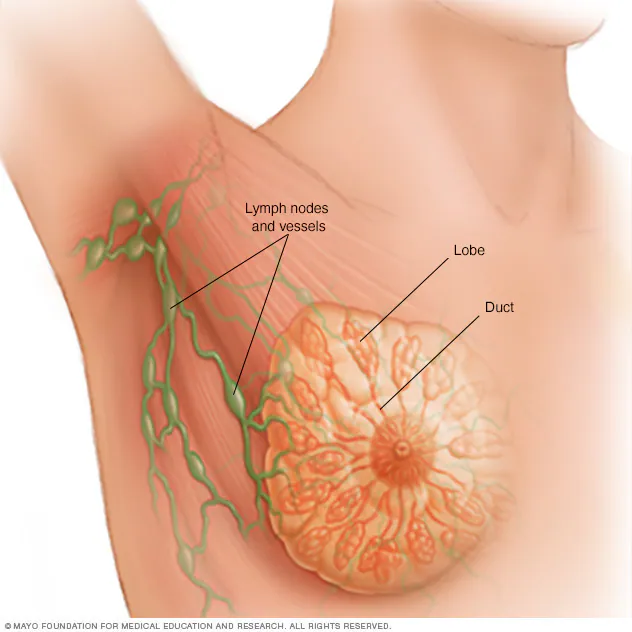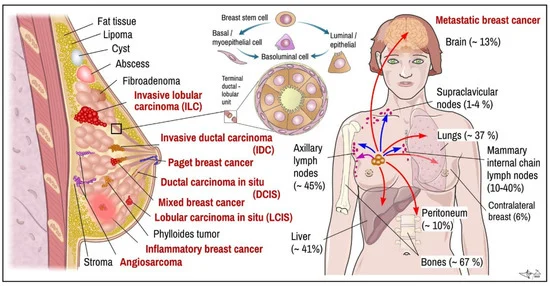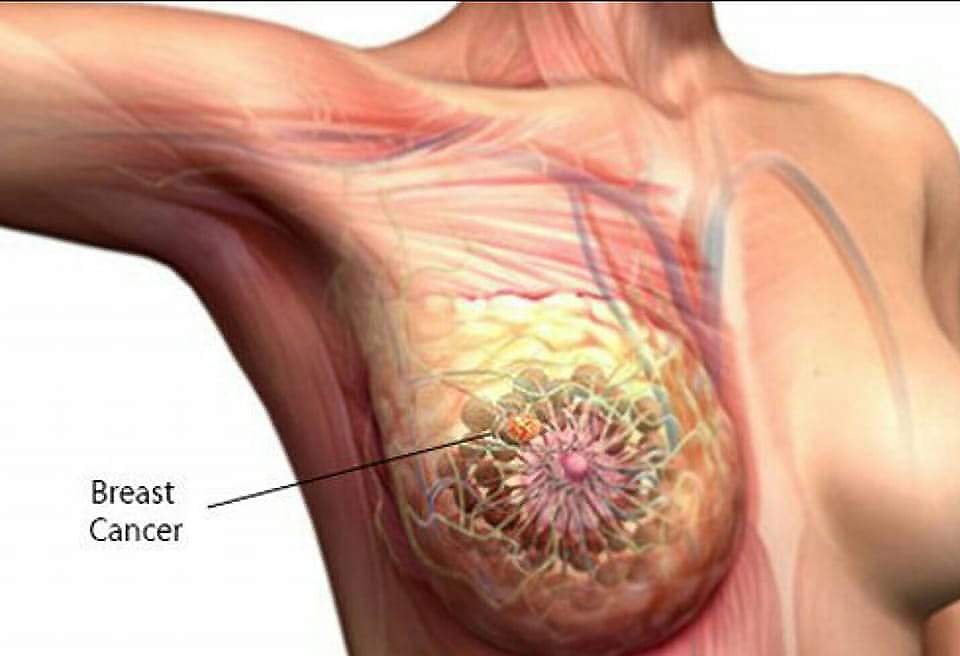Address ![]()
Unit 25-27, Arndale Centre, Otley Rd, Headingley, Leeds LS6 2UE, United Kingdom
Address ![]()
Unit 25-27, Arndale Centre, Otley Rd, Headingley, Leeds LS6 2UE, United Kingdom


Inflammatory Breast Cancer (IBC): A rare and aggressive type of breast cancer where the breast looks inflamed and red.
Ductal Carcinoma in Situ (DCIS): A non-invasive cancer where abnormal cells are found in the lining of a milk duct but have not spread outside the duct.
Invasive Ductal Carcinoma (IDC): The most common type of breast cancer. It starts in the milk ducts and then invades the surrounding tissue.
Invasive Lobular Carcinoma (ILC): Starts in the milk-producing lobules and spreads to surrounding tissue.
Breast cancer staging helps to determine the extent of the cancer’s spread and helps guide treatment. The stages are:
The treatment for breast cancer depends on its type, stage, and other factors like the patient’s age and general health. Common treatments include:


Breast cancer treatments often come with side effects, including:
While there is no surefire way to prevent breast cancer, there are lifestyle changes and risk-reducing measures that may help:
Some of the risk factors for breast cancer include:
If you or someone you know is diagnosed with breast cancer, it’s essential to work closely with healthcare providers to create a personalized treatment plan. Early detection and modern treatments have significantly improved survival rates for breast cancer.
You cannot copy content of this page